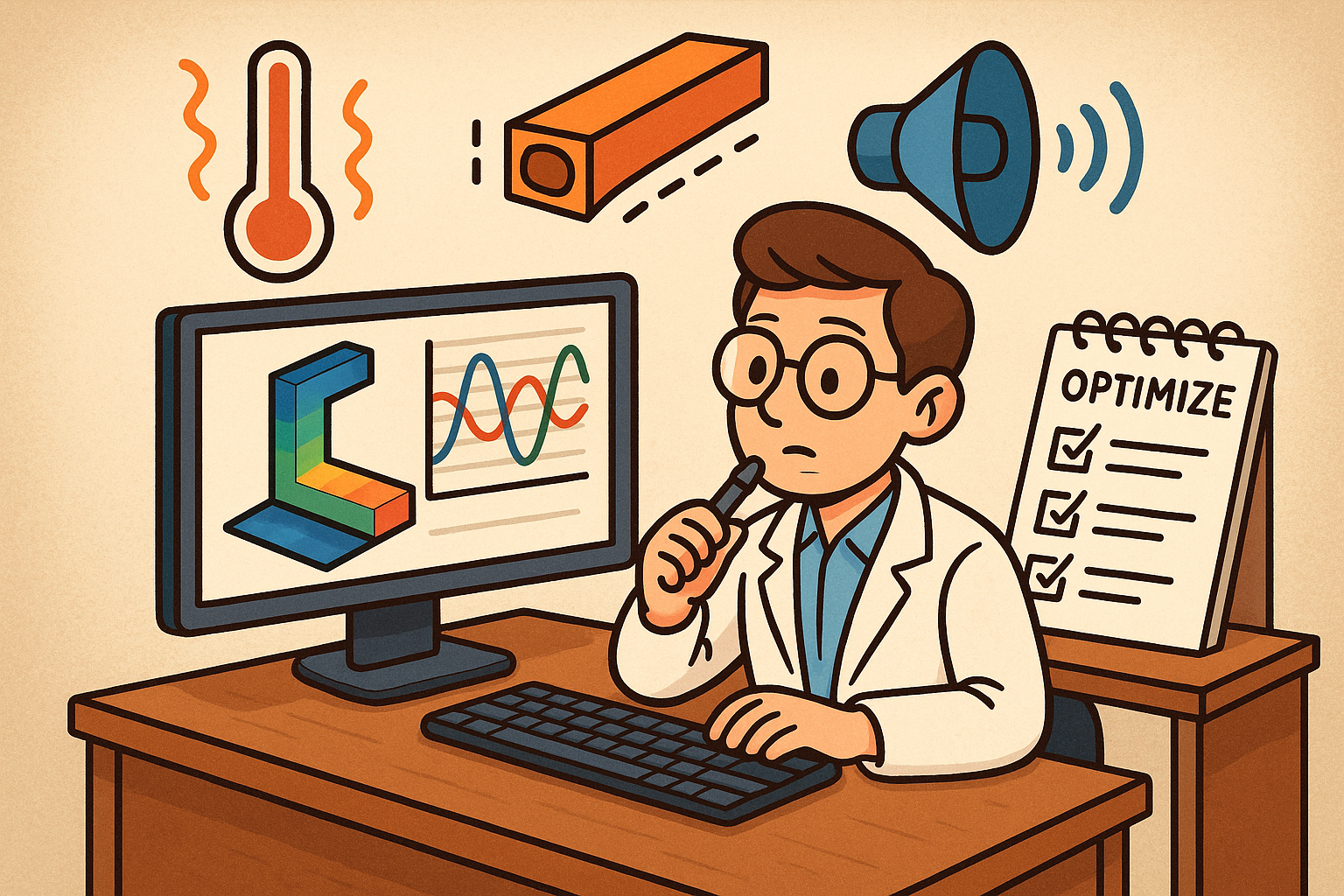Your Cart is Empty
Customer Testimonials
-
"Great customer service. The folks at Novedge were super helpful in navigating a somewhat complicated order including software upgrades and serial numbers in various stages of inactivity. They were friendly and helpful throughout the process.."
Ruben Ruckmark
"Quick & very helpful. We have been using Novedge for years and are very happy with their quick service when we need to make a purchase and excellent support resolving any issues."
Will Woodson
"Scott is the best. He reminds me about subscriptions dates, guides me in the correct direction for updates. He always responds promptly to me. He is literally the reason I continue to work with Novedge and will do so in the future."
Edward Mchugh
"Calvin Lok is “the man”. After my purchase of Sketchup 2021, he called me and provided step-by-step instructions to ease me through difficulties I was having with the setup of my new software."
Mike Borzage
Revolutionizing Product Design: The Impact of IoT Integration on Smart Products and User Experiences
July 05, 2024 2 min read


The Impact of IoT Integration in Smart Product Design
Introduction to IoT in Design
The Internet of Things (IoT) introduces a revolutionary approach to product design and development, embedding digital intelligence into objects that were previously inert. This paradigm shift enables products to communicate, analyze, and act upon data, transforming how they interact with users and their environment.
Enhancing Product Functionality with IoT
IoT brings an unprecedented level of intelligence to products, making them smarter and more capable. By embedding sensors and connectivity, products can now understand their environment, process information, and interact in sophisticated ways.
- Smart thermostats learn user preferences and adjust the environment accordingly.
- Wearable fitness devices monitor health metrics and provide personalized advice.
- Connected home security systems detect and alert homeowners to potential threats.
The integration of sensors and data analytics plays a crucial role in creating products that adapt and respond to user needs, offering a dynamic and responsive user experience.
IoT’s Role in User Experience and Interaction
IoT elevates the interaction between products and users, providing a more intuitive and customized experience. Through advanced UI and UX design, IoT-enabled products can anticipate user needs and offer tailored functionalities.
Key aspects of enhanced user interaction include:
- Personalized settings and recommendations based on user behavior and preferences.
- Seamless integration with other devices and platforms, creating a cohesive ecosystem.
- Interactive and intuitive interfaces that simplify complex product functionalities.
This focus on personalized user experiences fosters a deeper connection between the product and its users, enhancing satisfaction and loyalty.
Challenges and Considerations in IoT Product Design
While IoT opens up new frontiers in product design, it also introduces challenges that require careful consideration. Security is at the forefront, with connected devices posing potential risks to user data and privacy. Designers must prioritize secure communication protocols and data encryption to protect sensitive information.
Additionally, designing for interoperability presents a complex challenge, necessitating standards and protocols that ensure devices can communicate and function seamlessly within the broader IoT ecosystem. Ethical considerations, particularly regarding data privacy and user consent, are paramount, requiring transparent policies and user controls over personal information.
Conclusion
The advent of IoT in product design marks a transformative era in how products are conceived, developed, and interacted with. By enhancing functionality, personalizing user experience, and navigating the inherent challenges, IoT integration paves the way for a new generation of smart, intuitive products. As technology evolves, so too will the capabilities and sophistication of IoT-enabled products, continuing to redefine the boundaries of what is possible in product design.
Also in Design News

Coupled Thermal–Structural–Acoustic Modeling and Optimization: A Pragmatic Playbook for Multiphysics Design
December 15, 2025 14 min read
Read More
Design Software History: From Sketchpad to D-Cubed: The Evolution and Algorithms of Constraint-Based Sketchers
December 15, 2025 12 min read
Read MoreSubscribe
Sign up to get the latest on sales, new releases and more …



